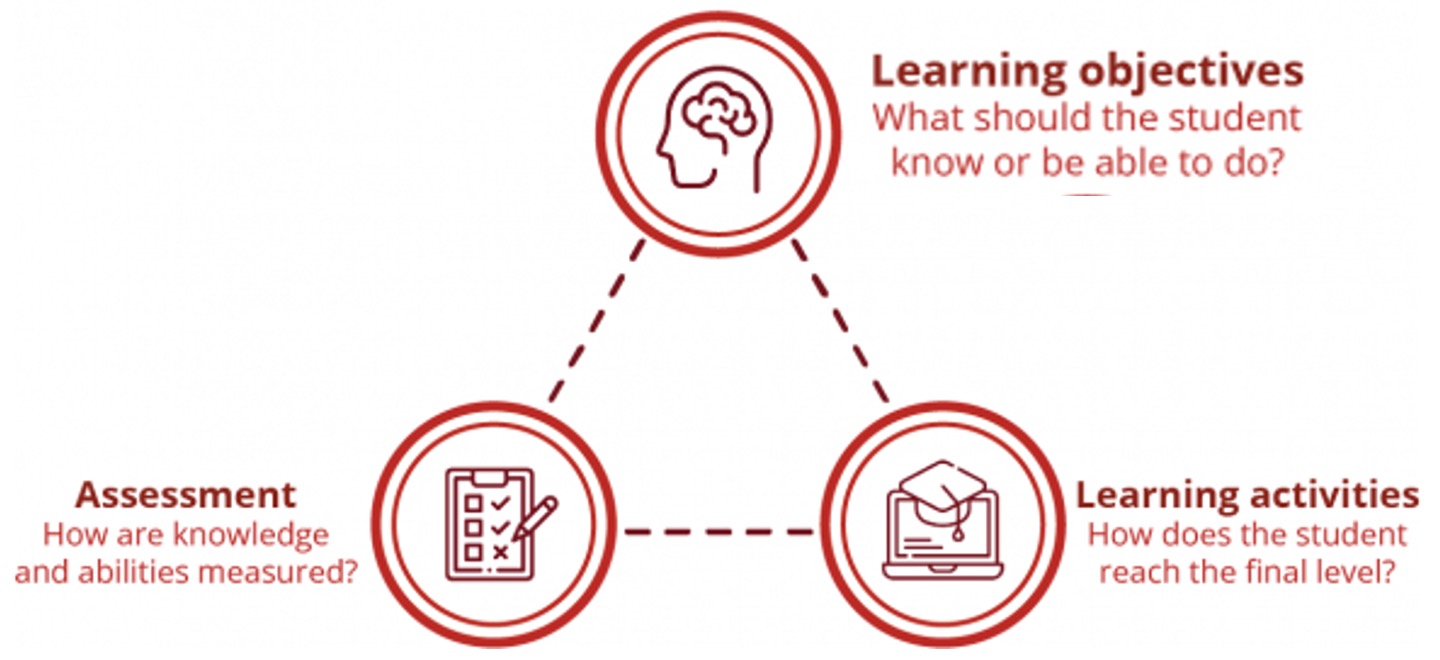Let me start with a disclaimer.
DISCLAIMER: I spent more time in my life working with computers than any other topic – and I am no computer expect. I spent more formal time in my life studying physics – but I am no physics expert. So considering that I have only been dabbling in educational research (known as didactics – which sounds more scientific than I think it really is) for a few weeks, the reader is well-advised to take what follows with a massive 20-ton block of rocksalt!
OK, having appropriately disclaimed myself, in this blog I present a leading didactical idea called Constructive Alignment. In my next blog I’ll talk about why I don’t like it – and how I would improve it.
Within educational circles — and please let’s park the discussion about how scientific these circles really are! — the idea is known as Constructive Alignment. It’s due to a fellow named John Biggs, who even has his own website. As a simple guide to preparing very effective teaching materials, he proposed linking the learning goals and the learning activities and the learning measurements. In his own words, “In constructive alignment, we start with the outcomes we intend students to learn and align teaching and assessment to those outcomes.”
[ASIDE: If you have some time, surf to John’s website and you’ll be glad you did. He has a wonderful collection of essays and a general Asian perspective.]
I found this very pretty picture of Constructive Alignment here:
As far as I can tell from Mr. Google, whether it is scientifically justified or not (I’ve seen no experiments) this model seems to have found widespread application throughout the academic world.
In my next blog I’ll say why I don’t like it – and how I would change it.
